Chest pain and new regional/reciprocal ECG changes compared to previous ECGs: code STEMI?
Dr. Smith's ECG Blog
NOVEMBER 27, 2023
Written by Jesse McLaren A 45 year old presented with two weeks of recurring non-exertional chest pain, now constant for an hour. Below is old and then new ECG (old on top; new below). What do you think? Both ECGs have normal sinus rhythm, normal conduction and normal voltages. There’s a change in axis that may interfere with direct lead-to-lead comparison, but there appear to be larger T waves in I/aVL and new TWI in III/aVF.
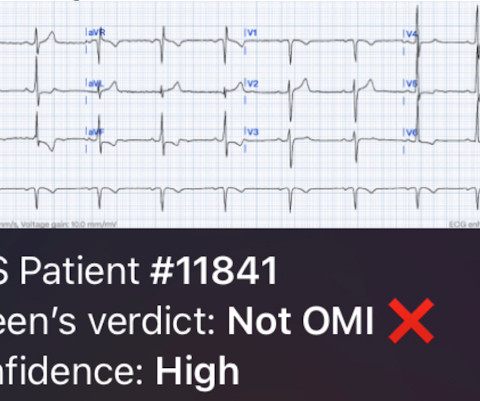



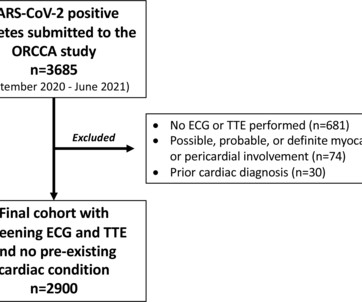
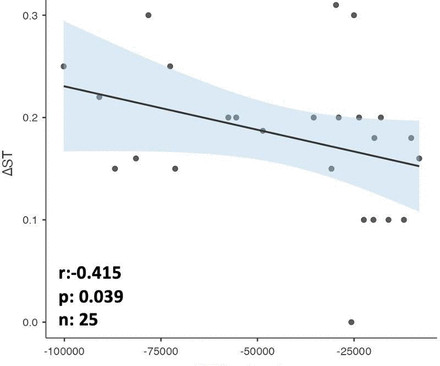
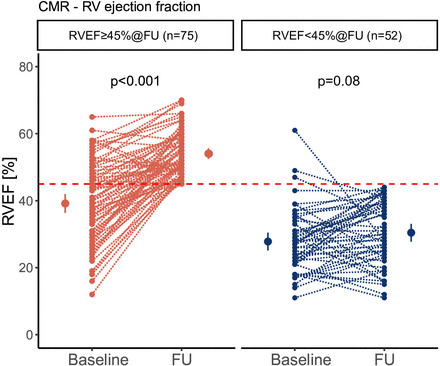
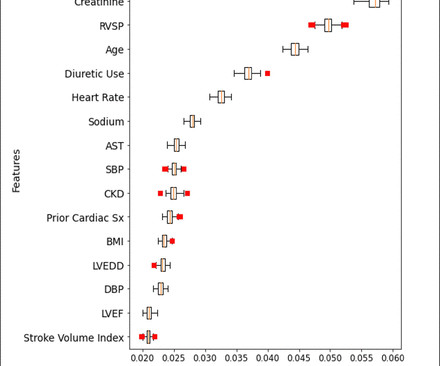
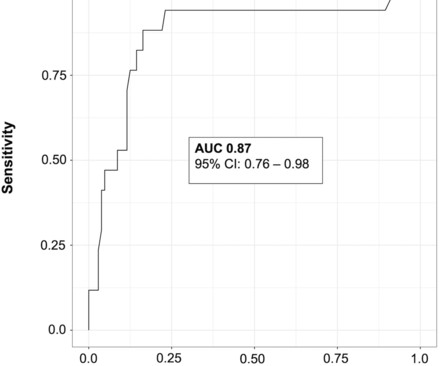




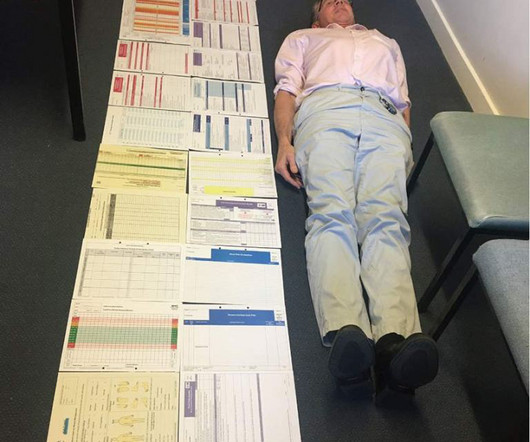























Let's personalize your content